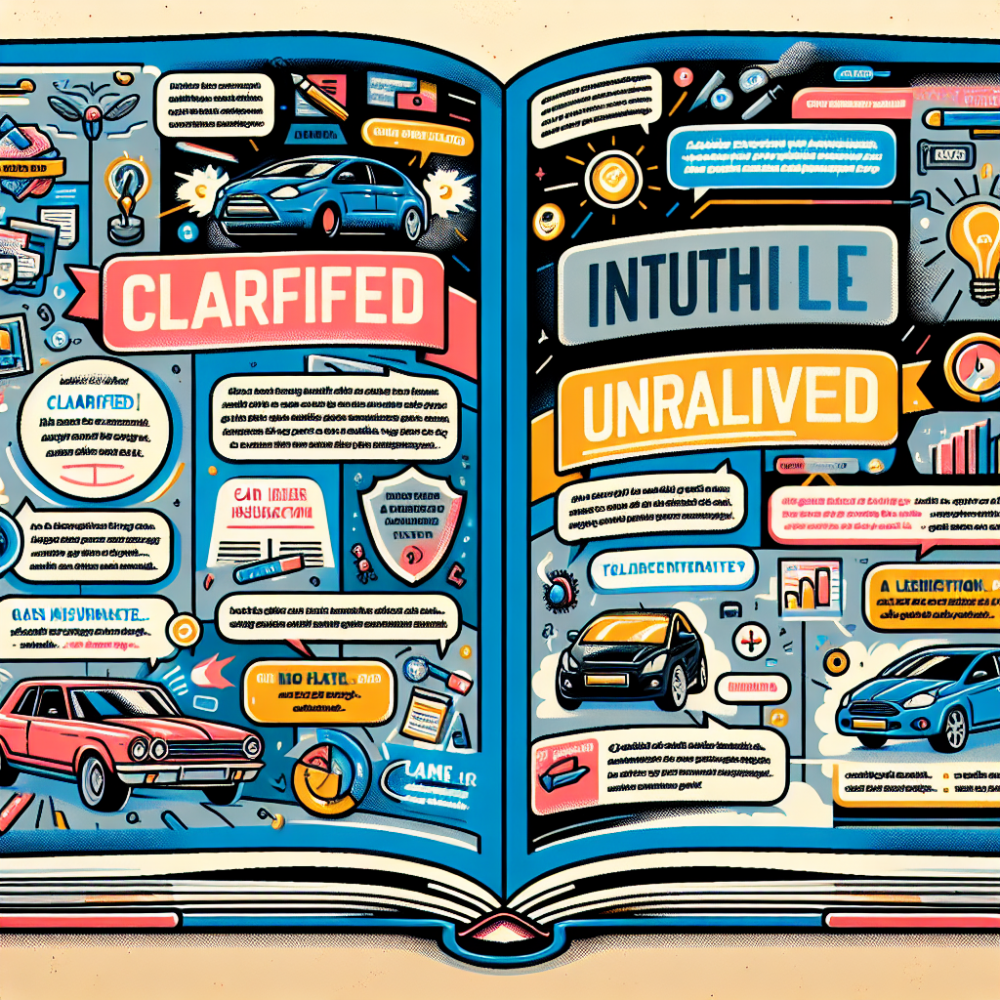Unraveling the Misconceptions: Car Insurance Clarified

Posted on: Saturday, March 2nd, 2024
Understanding car insurance is pivotal in making informed decisions about your vehicle's safety and financial protection. There's a myriad of myths entangling the truth about what affects your rates and what coverage you actually need. By debunking these widespread myths, you can arm yourself with knowledge that not only helps save money but also ensures you're adequately covered in times of need. This guide aims to shed light on the most common misconceptions, clearing the air about the real "truth about insurance."
Myth 1: Red Cars Cost More to Insure
The color of your car doesn’t influence your insurance premium. Insurers are more interested in your car's make, model, engine size, and safety features, not its color. The myth probably stems from the perception that red cars are often driven faster, but in reality, insurers base rates on hard data regarding vehicle theft, safety ratings, and repair costs.
Myth 2: Older Drivers Pay More
Contrary to popular belief, older drivers can benefit from lower insurance rates. Drivers over the age of 55 may see their rates decrease, especially if they have a long history of safe driving. Insurers consider them lower-risk due to their experience, although rates can climb as they reach an age where statistics suggest a higher risk of accidents.
Myth 3: The Minimum Legal Coverage is Enough
While it might be tempting to save money by only purchasing the minimum legal coverage, this decision can end up costing you more in the long run. Minimum coverage often does not fully protect against the financial tolls of an accident, leaving you potentially exposed to large out-of-pocket expenses. Comprehensive coverage that includes liability, collision, and comprehensive policies is recommended for a proper financial safety net.
Myth 4: Personal Auto Insurance Covers Business Use
If you use your vehicle for business purposes, personal auto insurance might not offer enough protection. Many policies exclude business use, meaning you could be left uncovered in the event of an accident while working. It’s important to get a commercial policy or an endorsement to ensure full coverage during business use.
Myth 5: All Theft-related Incidents Are Covered
Another common misconception is that auto insurance covers all theft-related incidents. However, the standard liability insurance does not cover personal property stolen from your car. For such protection, you need comprehensive coverage, which also covers damages from non-collision events like weather or vandalism.
Myth 6: Insurance Rates Automatically Increase After a Claim
Filing a claim does not always result in higher insurance premiums. The impact on your rates depends on factors like the nature of the claim, at-fault status, and your driving history. Certain policies even offer "accident forgiveness" for your first claim, preventing a rate increase.
Myth 7: Credit Score Doesn't Affect Insurance Rates
In most states, your credit score can significantly affect your car insurance rates. Insurers use credit scores to predict the likelihood of filing a claim; a higher score can mean lower rates. Therefore, maintaining a good credit score is essential for keeping insurance costs down.
Myth 8: You're Fully Covered if You Have Full Coverage
"Full coverage" can be misleading as it doesn’t cover every imaginable situation. Typically, it includes liability, comprehensive, and collision coverage but might not cover in scenarios like driving another person’s car. Understanding the limits and exclusions of your policy is crucial.
Myth 9: All Insurance Companies Offer the Same Coverage
Different insurers offer varied coverage options, discounts, and rates. Shopping around and comparing quotes from multiple companies can uncover significant differences in what you get for your money. Personalized coverage and competitive rates are out there, but they require a bit of research.
Myth 10: Your Rates Will Be Similar to Your Neighbor's
Insurance rates are highly personalized. Factors like your driving history, vehicle type, credit score, and even your ZIP code can influence your premiums. Therefore, your neighbor’s insurance costs may differ substantially from yours, even if you drive similar vehicles.